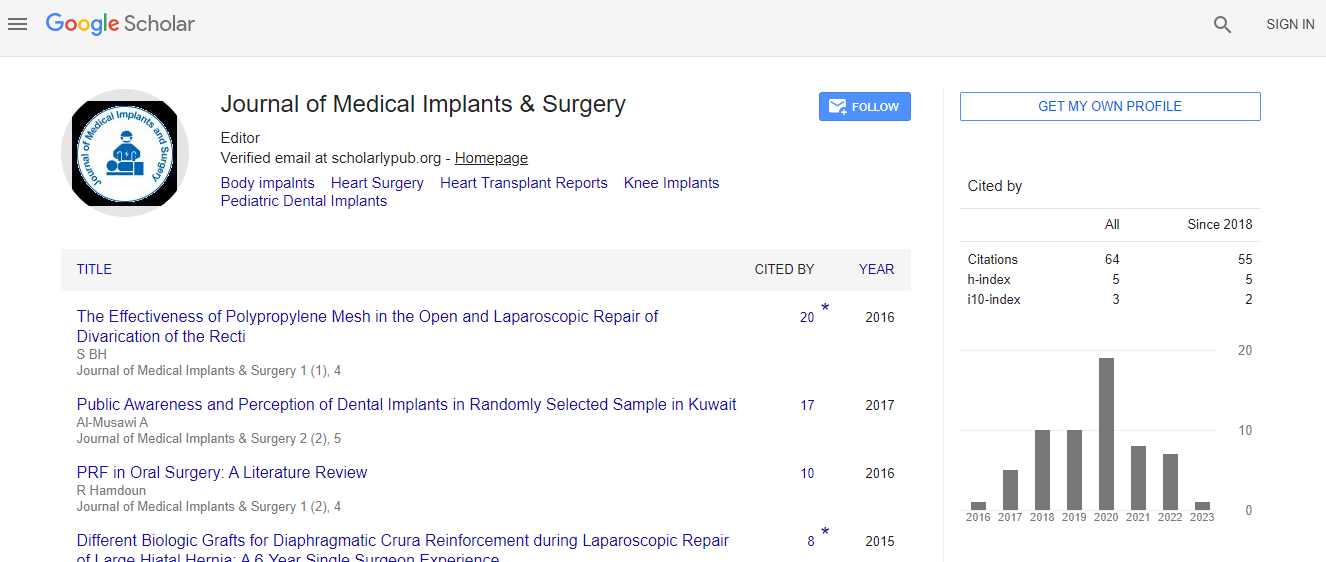Experiences in 80 Month Sealing Veins: A Follow- Up Study Conducted on 2200 Truncal Saphenous Veins in 1150 Cases
*Corresponding Author:
Copyright: © 2020 . This is an open-access article distributed under the terms of the Creative Commons Attribution License, which permits unrestricted use, distribution, and reproduction in any medium, provided the original author and source are credited.
Abstract
We report about 80 month results of a prospective comparative study of VenaSeal® closure in the treatment of 2200 saphenous veins in 1150 patients. The present research paper sheds light on the advantages and disadvantages and presents the 80 month results of a single- center ambulatory clinical study with prospective design. In the base, all varicose veins should be treated actively. This we can find in nearly all guidelines worldwide. Since 20 years by now, varicosis has been increasingly treated endovenously. Before this, the varicose veins were treated radically with the stripping method, a 110 years old radical surgery method. At the start, the rather inconvenient VNUS® Closure Plus procedure and the more convenient linear laser procedure were used and these were followed in 2006/2007 by the bipolar RFITT® catheter, the VNUS® Closure Fast system and the radial laser. Thus, in the course of the last few years, plenty of experience has been gathered with endoluminal therapy, quality criteria have been defined and standards for the different techniques have been developed. In addition, 16 years ago, far from the beaten tracks of radio wave and laser, the development of a fascinatingly simple, yet nevertheless highly effective method of sealing veins: the VenaSeal® closure technique was initiated. After CE approval had been granted in the autumn of 2011, a number of vein centers in Germany and Europe started using the VenaSeal® system. Today there is an approval in all countries, also in USA since 2 /2015. The author has applied Venaseal for the first time in a great saphenous vein on 1st. Aug’ 2012.

 Spanish
Spanish  Chinese
Chinese  Russian
Russian  German
German  French
French  Japanese
Japanese  Portuguese
Portuguese  Hindi
Hindi 